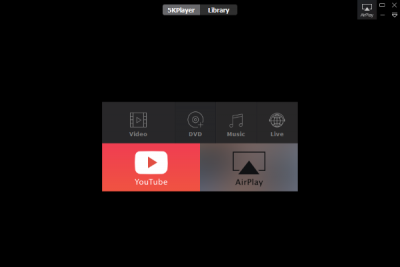
With those distinctions made, let’s look at the different audio file formats. If you are passionate about music and/or have invested in quality playback equipment, having the source material in the best quality possible is paramount. For casual listening, it can be acceptable. It reduces the quality of the music content, directly affecting the listening experience.įor some this loss of quality is not an issue and at times, not noticeable at all. Many digital music outlets, and many streaming services such as Spotify, offer/use bitrates with a maximum of 320kbps. The lower the bitrate, the more data is being thrown away, the crappier the audio quality.
#BEST DIGITAL PLAYER FOR FLAC FILES 320KBPS#
of Channels FormatĪt bitrates of 320kbps or above, depending on the quality of your playback equipment, it’s difficult to tell the difference between a lossy encoded file, and an uncompressed file. But as you dive deeper into this audiophile hobby, you might start to wonder, “What’s the best audio format for my music?”.īitrate formula = Sample Rate x Bit-depth x No. Most of the time, it’s not something you need to think about, as long as your media player can read them.

If you have been consuming digital audio for several years, your computer will be full of digital music files in different formats. Comparison between popular types of audio files.



 0 kommentar(er)
0 kommentar(er)
